Sensors are widely used to acquire biological and environmental information in medical diagnosis, health, and environmental monitoring. Graphene has been widely applied in sensor fabrication recently.
Tag: Laser
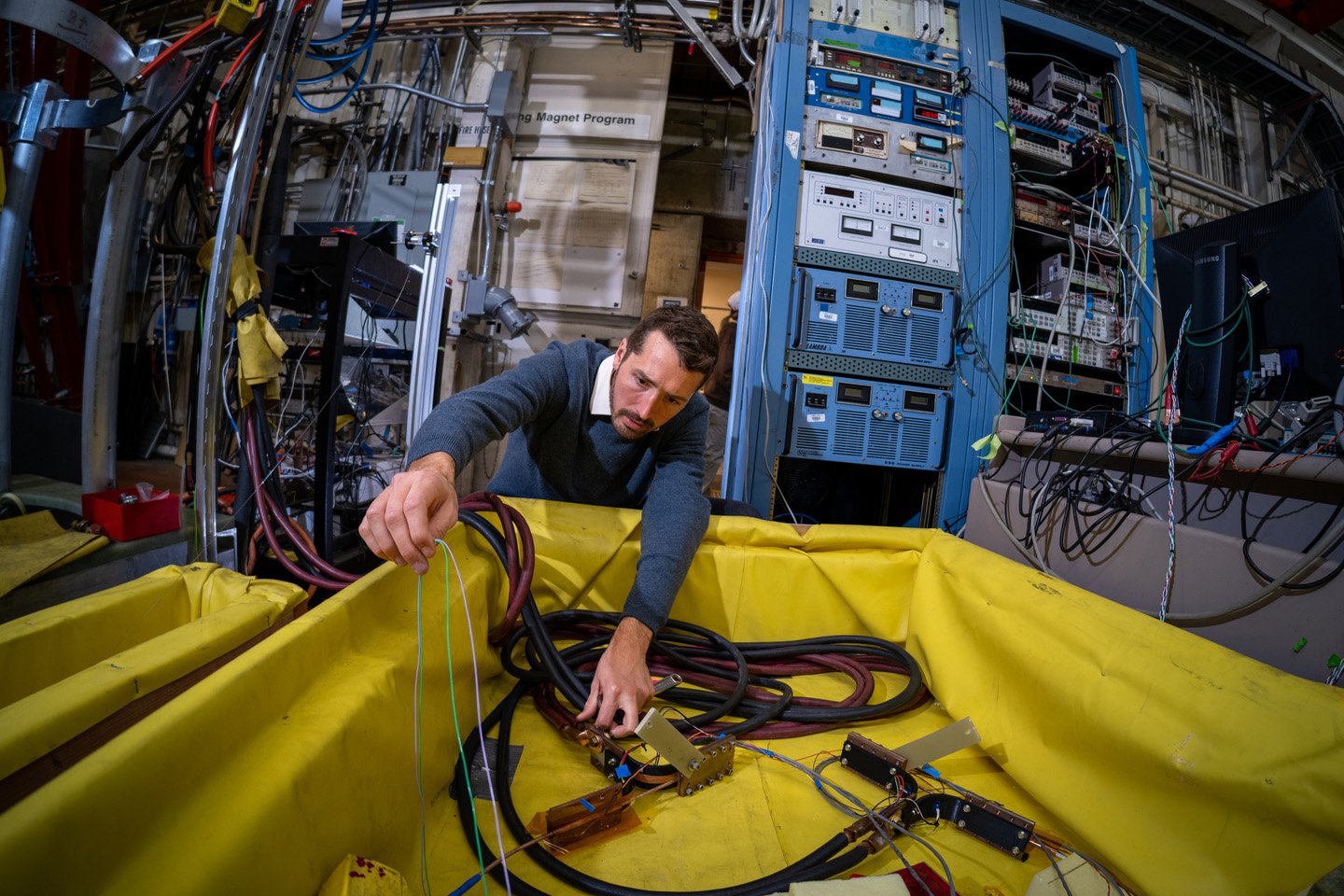
Fusion Q&A: The Path Forward
Fusion energy could address pollution, climate change, and high energy prices. Berkeley Lab’s Cameron Geddes and Reed Teyber explain how researchers are trying to make it a reality.
Rutgers is Part of NSF-funded Consortium to Advance Photonics Research and Workforce Development
Rutgers is part of a new federally funded regional collaboration to drive economic and technological advancements in photonics, the National Science Foundation (NSF) announced. The consortium, which includes researchers from Rutgers-Newark and Rutgers-New Brunswick, awarded a development grant from the NSF’s Regional Innovation Economic Engine consortium, led by Princeton University and co-led by Rowan University, with partners throughout New Jersey and neighboring states Delaware, Pennsylvania and New York.
High-performance Visible-light Lasers that Fit on a Fingertip
Researchers at Columbia Engineering’s Lipson Nanophotonics Group have created visible lasers of very pure colors from near-ultraviolet to near-infrared that fit on a fingertip. The colors of the lasers can be precisely tuned and extremely fast – up to 267 petahertz per second, which is critical for applications such as quantum optics. The team is the first to demonstrate chip-scale narrow-linewidth and tunable lasers for colors of light below red — green, cyan, blue, and violet.
Media Tip: Scientists use Argonne accelerator to study star-like environment created during National Ignition Facility laser shots
The recent achievement of fusion ignition at the National Ignition Facility (NIF) marks a monumental scientific step in controlling the physics involved in the quest for future limitless clean energy.
From Qubits to Potential Cancer Treatments: Laser Upgrade Opens New Research Possibilities
Things are looking brighter than ever at the Berkeley Lab Laser Accelerator Center. A recently completed upgrade will expand the center’s capabilities into new areas, including studies of particle acceleration, extremely hot plasmas, cancer treatment techniques, and materials for quantum science.
A life-inspired system dynamically adjusts to its environment
The system regulates its own temperature in response to environmental disturbances
The Burn Center at MedStar Washington Hospital Center Performs its 1,000th Laser Procedure Milestone for Burn Scars
The Burn Center at MedStar Washington Hospital Center has performed its 1,000th laser scar revision procedure. As the Washington region’s only Burn Center, it is the only facility in the Washington, D.C., area with the specialized laser equipment and expertise to treat hypertrophic scars caused by burns.
New Super-Pulsed thulium fiber laser improves treatment results in pediatric patients with urinary stones
A new thulium fiber laser system may provide improved outcomes in the treatment of urinary stones for pediatric patients, compared to the current standard for laser lithotripsy, reports a study in The Journal of Urology®, an Official Journal of the American Urological Association (AUA). The journal is published in the Lippincott portfolio by Wolters Kluwer.
Ultrasound-Assisted Laser Technique Vaporizes Artery Plaque #ASA182
Atherosclerosis, a buildup of plaque, can lead to heart disease, artery disease, and chronic kidney disease and is traditionally treated by inserting and inflating a balloon to expand the artery. During the 182nd ASA Meeting, Rohit Singh, of the University of Kansas, will present a method that combines a low-power laser with ultrasound to remove arterial plaque safely and efficiently.
Laser treatment shows potential for reducing industrial chemical processing for vehicles
A multidisciplinary team from the Department of Energy’s Oak Ridge National Laboratory has applied a laser-interference structuring technique that makes significant strides toward eliminating the need for hazardous chemicals for corrosion protection in military vehicles and aircraft systems.
Now We’re Cooking with Lasers
Imagine having your own digital personal chef; ready to cook whatever you want, tailoring the shape, texture, and flavor just for you–all at the push of a button. Columbia engineers have been working on doing just that, using lasers for cooking and 3D printing technology for assembling foods. In their new study they discovered that laser-cooked meat shrinks 50% less, retains double the moisture content, and shows similar flavor development to conventionally cooked meat.
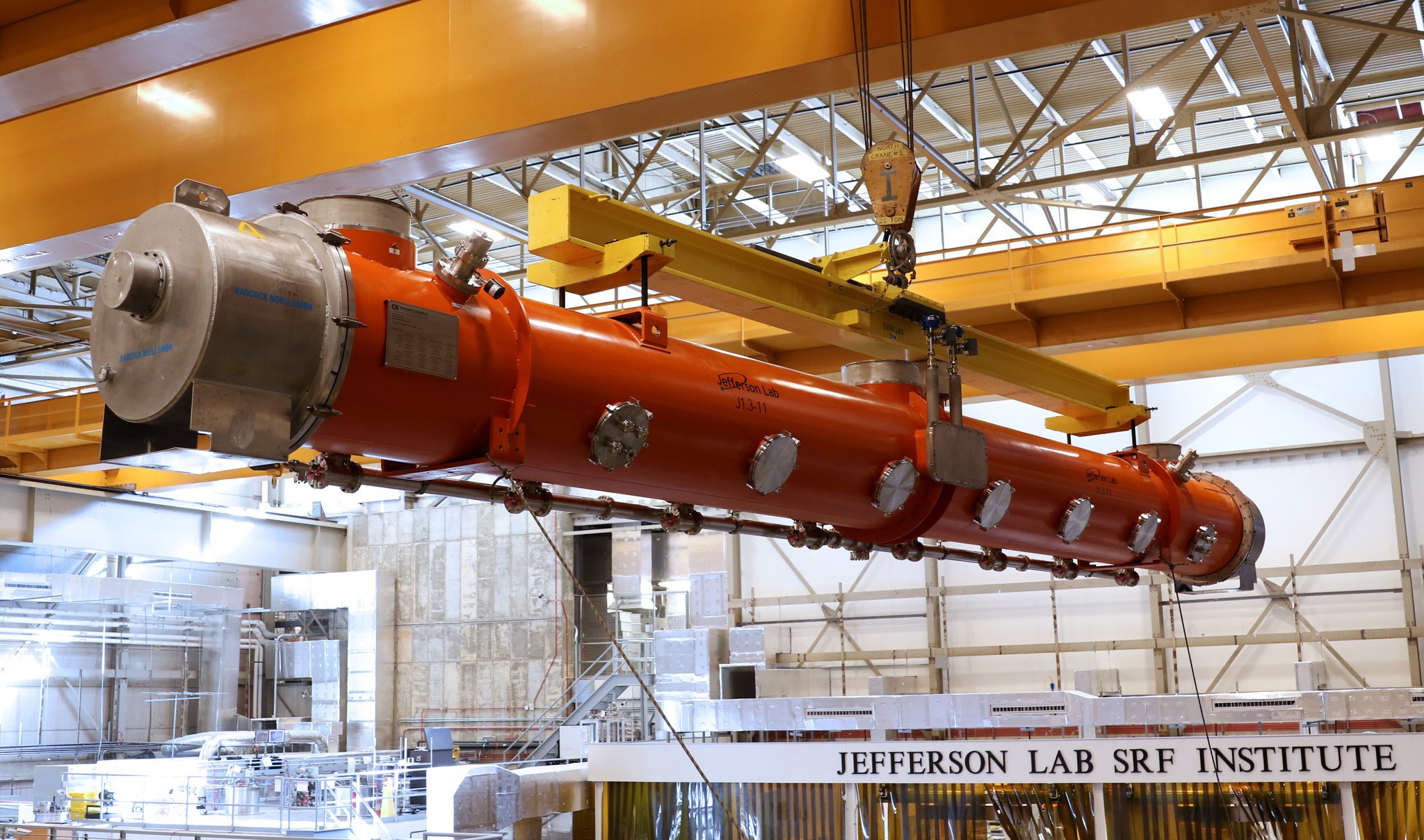
Accelerator Makes Cross-Country Trek to Enable Laser Upgrade
Today, the U.S. Department of Energy’s Thomas Jefferson National Accelerator Facility has shipped the final new section of accelerator that it has built for an upgrade of the Linac Coherent Light Source (LCLS). The section of accelerator, called a cryomodule, has begun a cross-country road trip to DOE’s SLAC National Accelerator Laboratory, where it will be installed in LCLS-II, the world’s brightest X-ray laser.
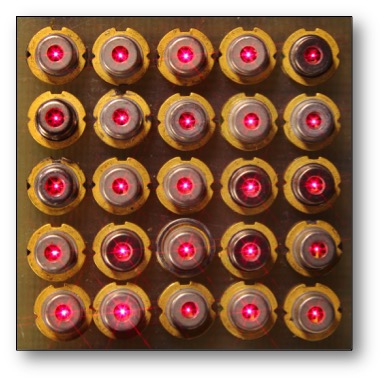
Breaking the Power & Speed Limit of Lasers
SUMMARYResearchers at the George Washington University have developed a new design of vertical-cavity surface-emitting laser (VCSEL) that demonstrates record-fast temporal bandwidth. This was possible by combining multiple transverse coupled cavities, which enhances optical feedback of the laser. VCSELs have emerged…
No losses: Scientists stuff graphene with light
Physicists from MIPT and Vladimir State University, Russia, have achieved a nearly 90% efficiency converting light energy into surface waves on graphene. They relied on a laser-like energy conversion scheme and collective resonances.
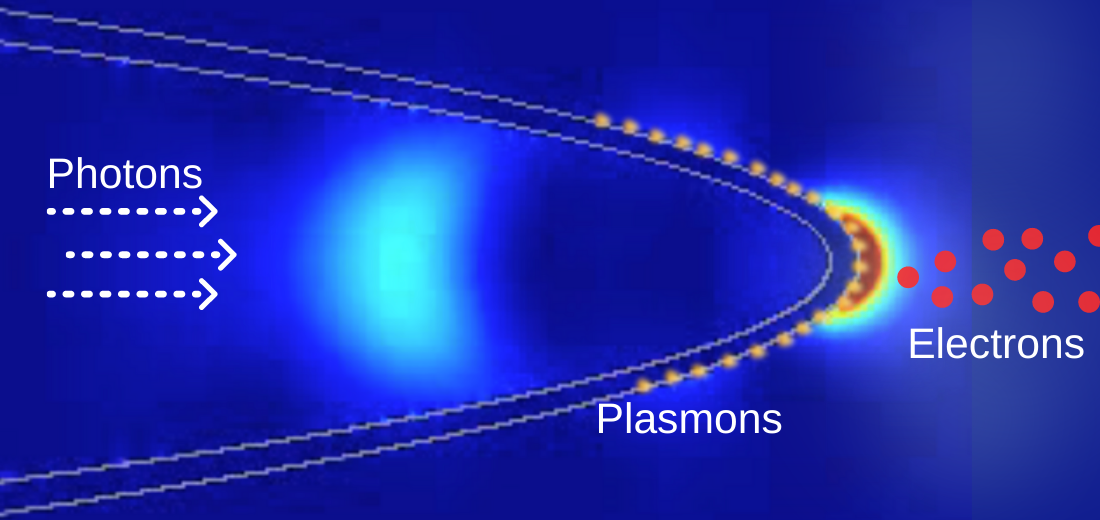
First fiber-optic nanotip electron gun enables easier nanoscale research
Scientists at Oak Ridge National Laboratory and the University of Nebraska have developed an easier way to generate electrons for nanoscale imaging and sensing, providing a useful new tool for material science, bioimaging and fundamental quantum research.
Ultrafast lasers probe elusive chemistry at the liquid-liquid interface
Real-time measurements captured by researchers at the Department of Energy’s Oak Ridge National Laboratory provide missing insight into chemical separations to recover cobalt, a critical raw material used to make batteries and magnets for modern technologies.

Laser allows solid-state refrigeration of a semiconductor material
A team from the University of Washington used an infrared laser to cool a solid semiconductor by at least 20 degrees C, or 36 F, below room temperature, as they report in a paper published June 23 in Nature Communications.
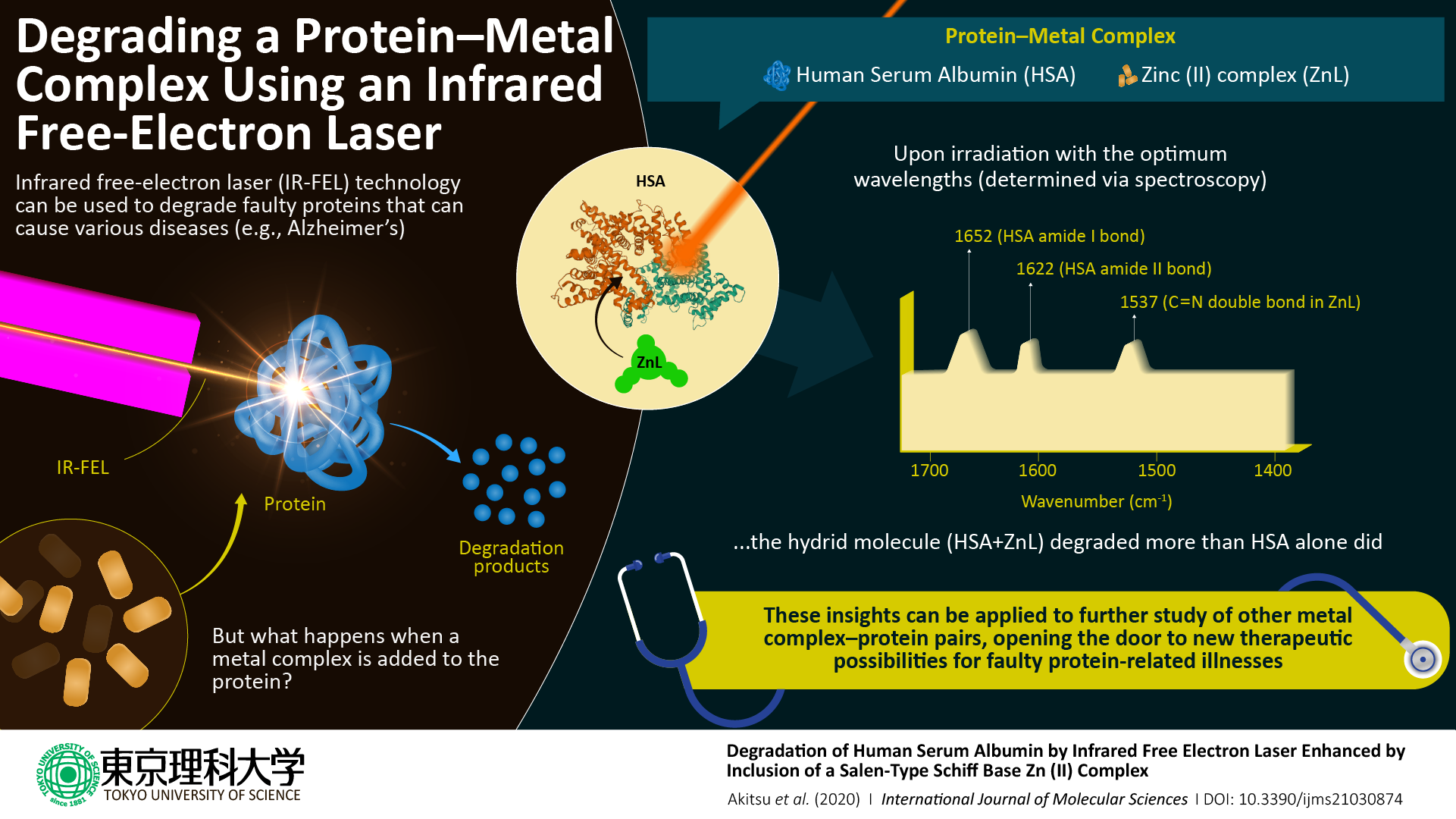
New Therapeutic Possibilities on the Horizon—Targeted Protein Destruction Made Better
Scientists open doors to new treatment possibilities by using a metal complex to accelerate serum albumin protein destruction with infrared laser beams
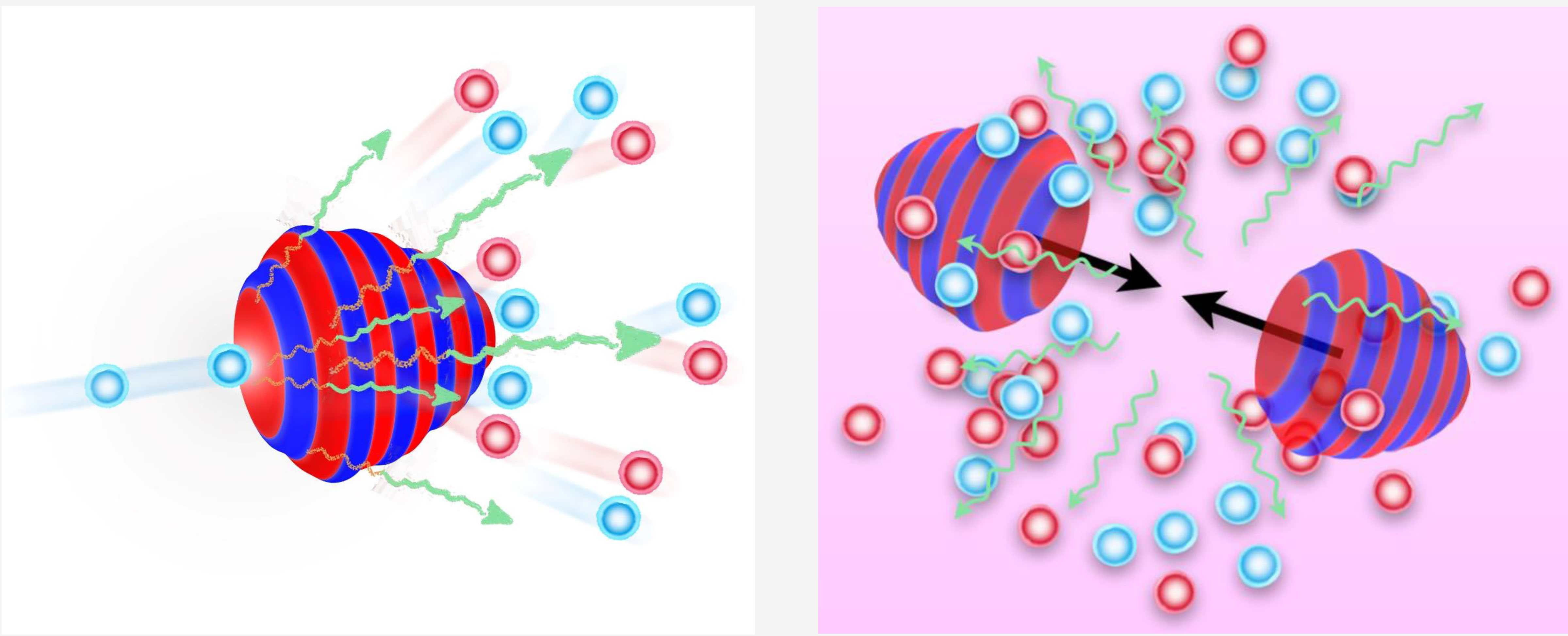
Next-Gen Laser Facilities Look to Usher in New Era of Relativistic Plasmas Research
Chirped pulse amplification increases the strength of laser pulses in many of today’s highest-powered research lasers, and as next-generation laser facilities look to push beam power, physicists expect a new era for studying plasmas. Researchers have released a study in Physics of Plasmas taking stock of what upcoming high-power laser capabilities are poised to teach us about relativistic plasmas subjected to strong-field quantum electrodynamics processes and introducing the physics of relativistic plasma in supercritical fields.
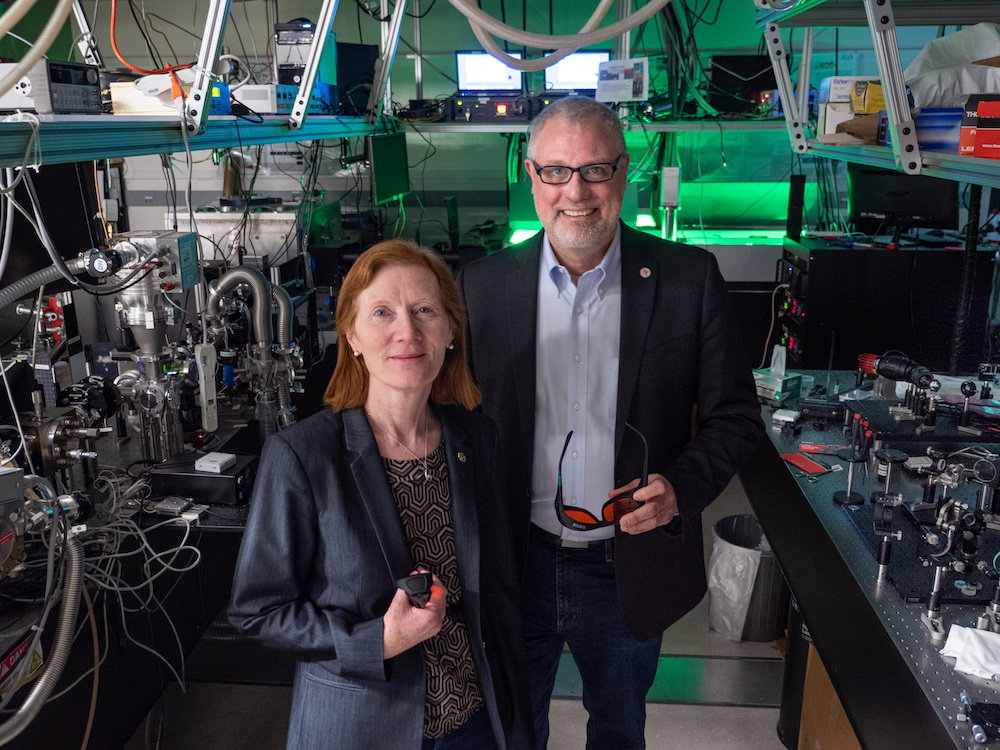
Keeping up with the Curies: Husband-and-wife team wins prestigious physics award
Henry Kapteyn and Margaret Murnane have won this year’s Benjamin Franklin Medal.

Laser Pulse Creates Frequency Doubling in Amorphous Dielectric Material
Researchers have demonstrated a new all-optical technique for creating robust second-order nonlinear effects in materials that don’t normally support them. Using a laser pulse fired at an array of gold triangles on a titanium dioxide (TiO2) slab, the researchers created excited electrons that briefly doubled the frequency of a beam from a second laser as it bounced off the amorphous TiO2 slab.
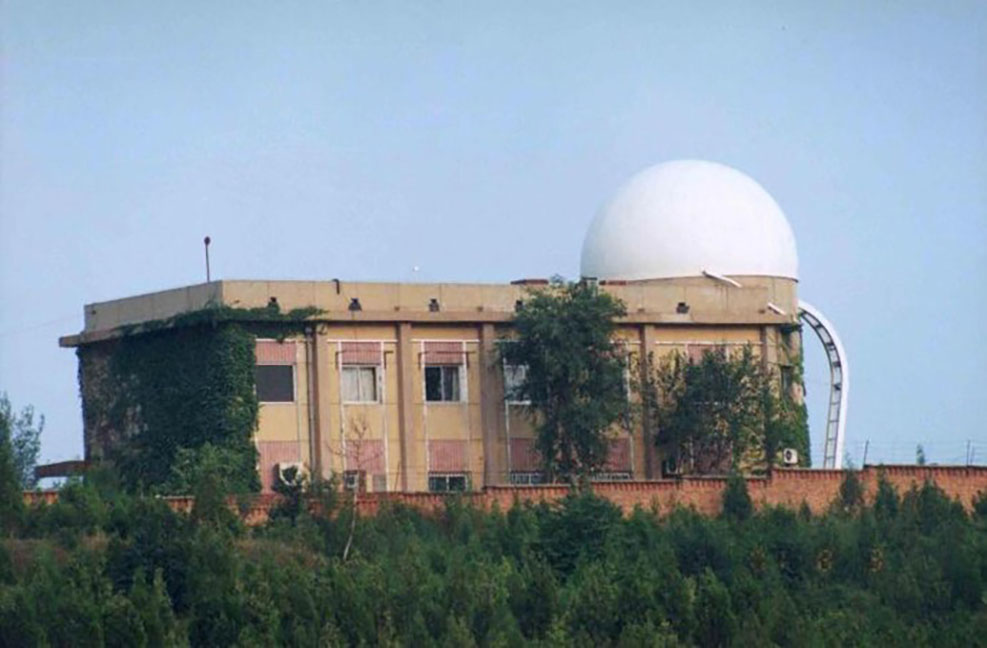
Lasers Learn to Accurately Spot Space Junk
Scientists have developed space junk identification systems, but it has proven tricky to pinpoint the swift, small specks of space litter. A unique set of algorithms for laser ranging telescopes, described in the Journal of Laser Applications, by AIP Publishing, has significantly improving the success rate of space debris detection.
First field measurements of laughing gas isotopes
Thanks to a newly developed laser spectrometer, Empa researchers can for the first time show which processes in grassland lead to nitrous oxide emissions. The aim is to reduce emissions of this potent greenhouse gas by gaining a better understanding of the processes taking place in the soil.
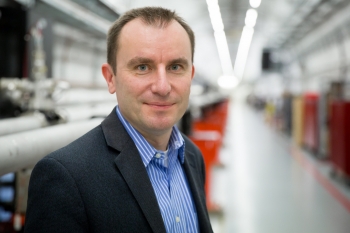
Meet the Director: Mike Dunne
This is part of a continuing profile series on the directors of the Department of Energy (DOE) Office of Science user facilities.